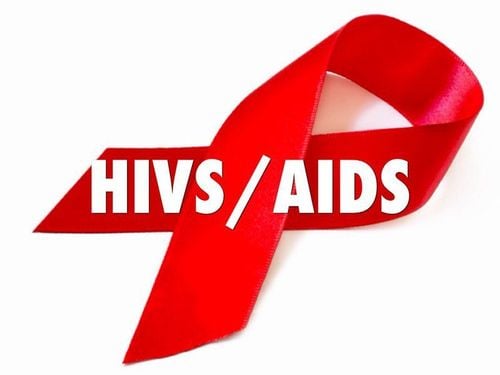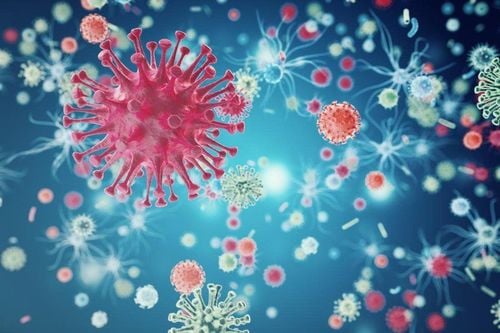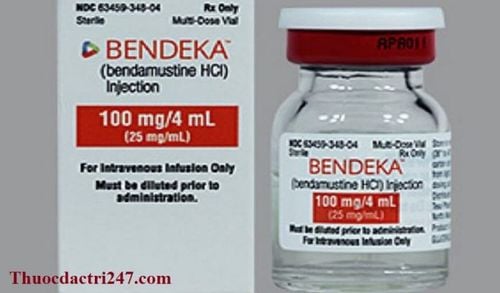This is an automatically translated article.
Opportunistic infections are infections that occur more often and are more severe in people with weakened immune systems; in which, HIV-infected subjects need to be very concerned. Opportunistic infections are now less common thanks to advances in antiviral drugs.
1. What is an opportunistic infection?
Opportunistic infections are specific infections that occur or are more common or more severe in people with weakened immune systems than in healthy immune systems. In people with weakened immune systems, the main role is played by HIV-infected subjects, when white blood cells are the target of this virus strain.
Opportunistic infections caused by a variety of agents, including viruses, bacteria, fungi and parasites. Accordingly, the route of disease transmission of opportunistic infections is also in many different ways, for example in the air, through contact with bodily secretions or consumption of food, consumption of contaminated water.
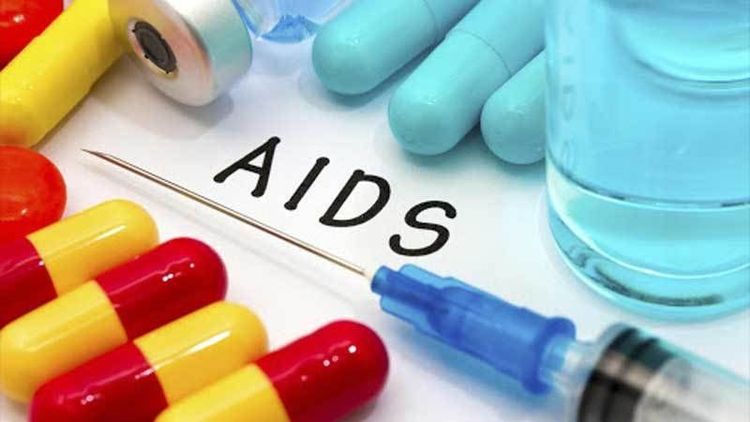
Nhiễm trùng cơ hội thường gặp ở những người có hệ miễn dịch yếu, đặc biệt là những bệnh nhân HIV
2. Why do people with HIV get opportunistic infections?
When a person is infected with HIV, the virus begins to multiply and attack the immune system. As a result, the immune system is weakened, making it difficult for the body to fight HIV-related opportunistic infections.
HIV medications help reduce the amount of HIV in the blood, helping to prevent the virus from doing further damage to the immune system. However, if an HIV-infected person does not take HIV medication, the viral load rapidly proliferates, gradually destroying the immune system and progressing to the AIDS stage. At this time, a series of complications of HIV will be acquired, which is an opportunistic infection. In other words, a clinical method to identify AIDS is when opportunistic infections or cancers are present, especially when there is a threat to the life of a person living with HIV.
HIV-infected subjects are at greatest risk of developing an opportunistic infection when their CD4 T-cell count falls below 200. However, some opportunistic infections can still occur as the count falls. a person's CD4 count is less than 500. It shows that the immune system has begun to weaken, the prognosis is that the body is difficult to fight HIV long-term.
3. What are the types of opportunistic infections in people with HIV?
Opportunistic infections are generally less common now than they were in the early days of HIV and AIDS. This is thanks to the achievements in the preparation and application of anti-HIV drugs, which reduce the amount of HIV in the body and keep the immune system stronger, thereby better able to fight infections. .
However, some people with HIV are still at risk for opportunistic infections if they have one of the following reasons:
Didn't know they had HIV and therefore were not receiving treatment Know they had HIV but did not take it antiretroviral drugs Been living with HIV for a long time before being diagnosed and therefore have a weakened immune system Are taking antiretroviral drugs but regimens are not effective in controlling the virus Therefore, these people become susceptible to the following types of opportunistic infections:
Candida or other fungal infections in the mouth, throat or vagina Cryptococcus neoformans, a fungus that can lead to meningitis, inflammation Brain Cryptosporidiosis and microsporidiosis, protozoa infections that disrupt gastrointestinal function Cytomegalovirus, a virus that causes eye disease and can lead to blindness or can also cause diarrhea and ulcers in the gastrointestinal tract with severity. Herpes simplex, a group of viruses that cause persistent sores around the mouth, mucous membranes of the cheeks, tongue, gums, and on the genitals, Mycobacterium avium, a bacteria that causes fever, digestive upset, and decreased absorption Pneumocystis pneumonia, a fungus that causes lung infections, life-threatening respiratory failure, progressive multifocal leukoencephalopathy, caused by a virus that damages the brain parenchyma Toxoplasmosis, caused by parasites Infection can lead to encephalitis and eye damage TB, a bacterial infection that attacks mainly the lungs and can also invade other organs such as the brain, bones, intestines, lymph nodes... Persistent Salmonella, a bacteria that normally enters the body through eating contaminated food or water, causes nausea, vomiting and diarrhea Kaposi sarcoma, a cancer caused by a virus called Kaposi, damages damage to small blood vessels, forming hard pink or purple spots on the skin. The disease can be life-threatening when it affects organs inside the body, like the lungs, lymph nodes, or intestines. Cervical cancer, a type of cancer that starts in the cervix but can then spread to other parts of the body Lymphoma, with different types of lymphoma such as non-Hodgkin's lymphoma and squamous cell carcinoma Hodgkin lymphoma, associated with HIV infection HIV wasting syndrome, is when more than 10% of body weight is lost with diarrhea, weakness, and fever for more than 30 days.
4. What can people with HIV do to prevent opportunistic infections?
For people with HIV, the best protection against opportunistic infections is to take HIV medicine every day. In addition, they can also take the following steps to keep the risk of opportunistic infections as low as possible:
Do not share needles, syringes, or other personal equipment that could potentially be contaminated with blood or fluids. body secretions Avoid contact with sources of germs that can cause opportunistic infections such as contaminated air, food, and unsanitary water sources Have the habit of washing hands properly under running water with soap room Do not eat eggs, meat, seafood or raw or undercooked foods as well as dairy products and juices, unpasteurized water If traveling to another place, avoid eating food and Drinking water outside is not hygienic. Prevent exposure to sexually transmitted diseases Get vaccinated with vaccines such as flu, pneumonia, herpes.
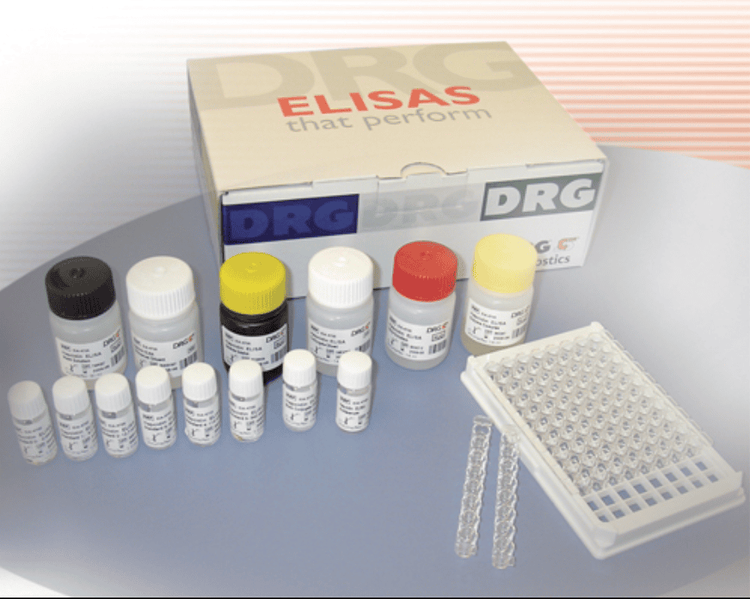
Bệnh nhân HIV nên đều đặn uống thuốc điều trị HIV để phòng chống những bệnh nhiễm trùng cơ hội
5. Can opportunistic infections in people with HIV be treated?
Currently, Medicine has found a lot of drugs to treat HIV-related opportunistic infections, including antivirals, antibiotics and antifungals. The type of drug indicated for use will depend on the type of opportunistic infection as well as whether the HIV infection is stable or ongoing.
In addition, once an opportunistic infection has been successfully treated, the person can continue to use the original antiretroviral drug or need to adjust the anti-HIV regimen to another or add more drugs. to prevent recurrent opportunistic infections. Because once infected with an opportunistic infection is one time promoting HIV status to progress, causing damage, severe organ dysfunction, sometimes difficult to control, which will be life-threatening.
Thus, opportunistic infections are infections that occur more often and are more severe in people with weakened immune systems, including people with HIV. As this is one of the defining conditions of AIDS, strict adherence to antiretroviral therapy, which slows the progression of HIV, is extremely important. This both reduces the risk of opportunistic infections and helps people living with HIV confidently lead an almost normal life.
Customers can directly go to Vinmec Health System nationwide to visit or contact the hotline HERE for support.
References: aidsinfo.nih.gov, avert.org, cdc.gov, hiv.gov, webmd.com
MORE:
What is an opportunistic infection? Types of opportunistic infections that are common in people with HIV/AIDS Can a normal blood test detect HIV?




